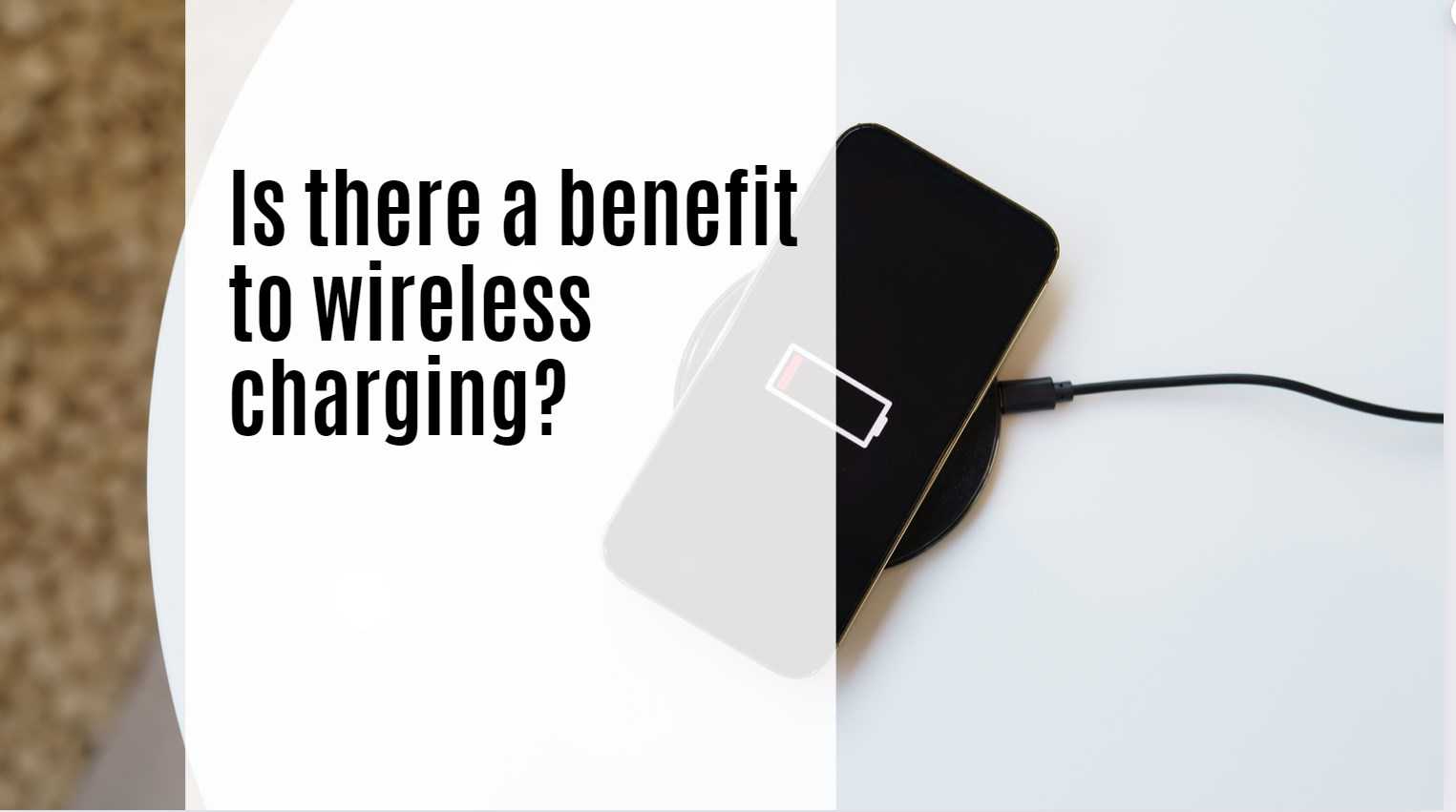Wireless charging offers several advantages, including convenience, aesthetics, and reduced wear and tear on charging ports. By eliminating the need for cables, users can simply place their devices on a charging pad, making it easier to charge multiple devices without clutter. Additionally, many modern wireless chargers support fast charging, rivaling traditional wired methods.
Understanding Wireless Charging Technology
Wireless charging, also known as inductive charging, utilizes electromagnetic fields to transfer energy between a charger and a device. This technology typically involves two coils: a transmitter coil in the charging pad and a receiver coil in the device. When aligned properly, the transmitter generates an alternating magnetic field that induces an electric current in the receiver coil, charging the battery.
How Wireless Charging Works
- Inductive Coupling: The process begins when the charger is plugged into a power source. The transmitter coil generates an electromagnetic field.
- Alignment: The device is placed on the charger, aligning its receiver coil with the transmitter coil.
- Energy Transfer: The induced current flows into the device’s battery, charging it without physical connectors.
Benefits of Wireless Charging
1. Convenience
Wholesale lithium golf cart batteries with 10-year life? Check here.
One of the most significant advantages of wireless charging is its convenience. Users can simply place their devices on a charging pad without fumbling with cables or connectors. This ease of use is particularly beneficial in busy environments where quick access to power is essential.
2. Aesthetics and Clutter Reduction
Want OEM lithium forklift batteries at wholesale prices? Check here.
Wireless chargers eliminate the clutter of cables that often accumulate around desks and nightstands. This cleaner setup not only enhances the aesthetic appeal of a space but also promotes better organization.
3. Durability and Reduced Wear
By minimizing physical connections, wireless charging reduces wear and tear on charging ports. This can extend the lifespan of devices, as users are less likely to damage ports through repeated plugging and unplugging.
4. Versatility
Many wireless chargers are compatible with various devices, including smartphones, smartwatches, and earbuds. This versatility allows users to charge multiple gadgets with a single charger, reducing the need for multiple cables.
5. Fast Charging Capabilities
Modern wireless charging technologies, such as Qi and Magsafe, support faster charging speeds that can rival traditional wired methods. This advancement makes wireless charging a practical option for users who need efficient power replenishment.
Challenges of Wireless Charging
While there are numerous benefits to wireless charging, it is essential to consider some drawbacks:
1. Slower Charging Speeds
Despite advancements in technology, wireless charging generally takes longer than wired options. Users requiring quick charges may find this frustrating during urgent situations.
2. Heat Generation
Wireless charging can produce more heat than traditional methods due to energy loss during transmission. While many chargers have built-in safety features to mitigate overheating risks, it’s still a factor to consider.
3. Compatibility Issues
Not all devices support wireless charging technology. Users must ensure their devices are compatible with specific wireless standards (e.g., Qi) before investing in a charger.
4. Limited Range
Wireless chargers require close proximity between the device and the charger for effective energy transfer. This limitation means users cannot freely use their devices while they charge.
Latest News on Wireless Charging Technology
- Innovative Designs: Companies are developing stylish wireless chargers that blend seamlessly into home decor, such as lamps or furniture with integrated charging capabilities.
- Public Charging Stations: More public spaces are adopting wireless charging stations, making it easier for users to charge devices on-the-go.
- Sustainability Focus: As technology advances, manufacturers are increasingly considering environmental impacts in their designs, promoting eco-friendly practices in production and disposal.
Redway Expert Comment
As experts in lithium LiFePO4 battery technology, we recognize that while wireless charging offers undeniable convenience and aesthetics, users should be aware of its limitations regarding speed and compatibility. For those who prioritize ease of use and minimal clutter, wireless charging can be transformative; however, understanding its nuances will help users make informed decisions about their power needs.”
Conclusion
In summary, wireless charging presents numerous benefits such as convenience, reduced clutter, and improved durability for devices. While it may not completely replace traditional wired methods for all users due to slower speeds and compatibility issues, it provides an attractive alternative for those seeking a more streamlined approach to powering their devices. By staying informed about advancements in this technology, consumers can make educated choices that best fit their lifestyles.






